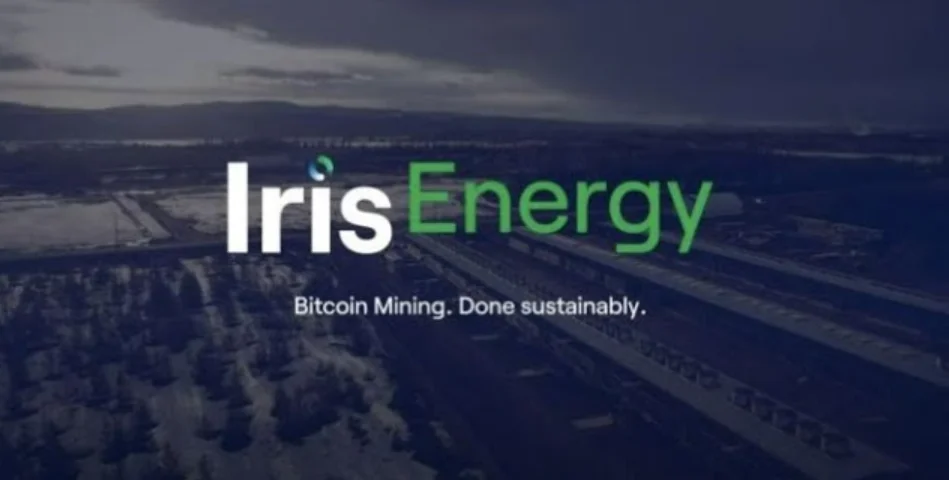By acquiring new Bitmain T21 mining rigs worth $22M, renewable Bitcoin mining company Iris Energy plans to increase its total hash rate to 10 exahash per second (EH/s) in 2024.

Deliveries of an additional 1.6EH/s of Bitmain T21 miners are scheduled for the second quarter of 2024, the company disclosed. As of December 2023, the organization’s operational capacity is 5.6 EH/s.
Additionally, the efficiency of Iris’ operations will increase from 29.5 joules per terahash (J/TH) to 24.8 J/TH with the newest iteration of mining hardware from Chinese manufacturer Bitmain. The most recent order placed by Iris with Bitmain cost $22.3 million, or $14 per terahash, for the hardware.
In the first quarter, Iris anticipates delivering 1.4EH/s of mining output by reactivating a prior order of Bitmain S21 miners. Additionally, it awaits the arrival of an additional shipment of Bitmain T21 miners, which will augment its capacity by 1.3 EH/s.
In June 2023, Iris declared the 80MW expansion of its Childress data center in Texas. The organization has announced that starting in January 2024, it will receive additional operational capacity, enabling it to enhance the operating hash rate by 10EH/s as it acquires new hardware from Bitmain.
Additionally, the company intends to construct an additional 100MW of data centers at the location, made feasible by the 500MW of power capacity that is already accessible to the operation.
Although Bitcoin mining has been Iris’s primary focus, the company has recently expanded its data center to meet the increasing demand for generative artificial intelligence (AI) computation.
Iris made a monetary investment of $10 million in August 2023 to acquire 248 cutting-edge Nvidia H100 GPUs, with the shipment schedule extending for the year.
The organization currently maintains data center facilities in various locations throughout North America, such as Childress, Texas, Canal Flats, Mackenzie, and Prince George in British Columbia, Canada.
Iris asserts that its four operations procure all their electricity from renewable sources, including wind, solar, and hydroelectric power for their respective data centers.
Its three Canadian locations obtain 98% of their electricity from renewable sources, according to a disclaimer on its website. The organization offsets the remainder of its energy usage by acquiring renewable energy certificates.
